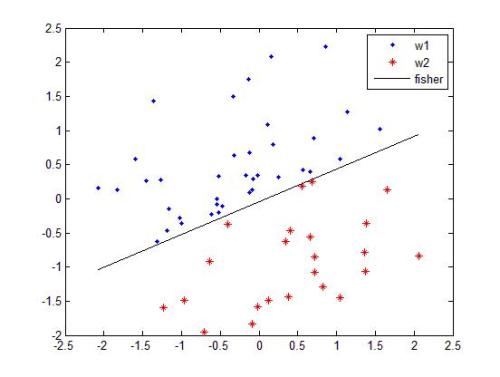The research direction of identifying acoustic bio-markers of respiratory diseases has received renewed interest following the onset of COVID-19 pandemic. In this paper, we design an approach to COVID-19 diagnostic using crowd-sourced multi-modal data. The data resource, consisting of acoustic signals like cough, breathing, and speech signals, along with the data of symptoms, are recorded using a web-application over a period of ten months. We investigate the use of statistical descriptors of simple time-frequency features for acoustic signals and binary features for the presence of symptoms. Unlike previous works, we primarily focus on the application of simple linear classifiers like logistic regression and support vector machines for acoustic data while decision tree models are employed on the symptoms data. We show that a multi-modal integration of acoustics and symptoms classifiers achieves an area-under-curve (AUC) of 92.40, a significant improvement over any individual modality. Several ablation experiments are also provided which highlight the acoustic and symptom dimensions that are important for the task of COVID-19 diagnostics.
翻译:在COVID-19大流行开始后,确定呼吸道疾病声学生物标志的研究方向重新引起人们的兴趣;在本文中,我们利用多方来源的多模式数据设计了COVID-19诊断方法;数据资源,包括咳嗽、呼吸和言语信号等声学信号,以及症状数据,在10个月内通过网络应用程序进行记录;我们调查使用简单时间频率特征的统计描述符进行声学信号和症状存在的二元特征;与以前的工作不同,我们主要侧重于应用简单的线性分类器,如逻辑回归和支持矢量机器进行声学数据,同时在症状数据上使用决策树模型;我们表明,声学和症状分类器的多模式集成在92.40地区(AUC),大大改进了任何单个模式。我们还提供了一些模拟实验,重点介绍了对COVID-19诊断任务十分重要的声学和症状层面。



